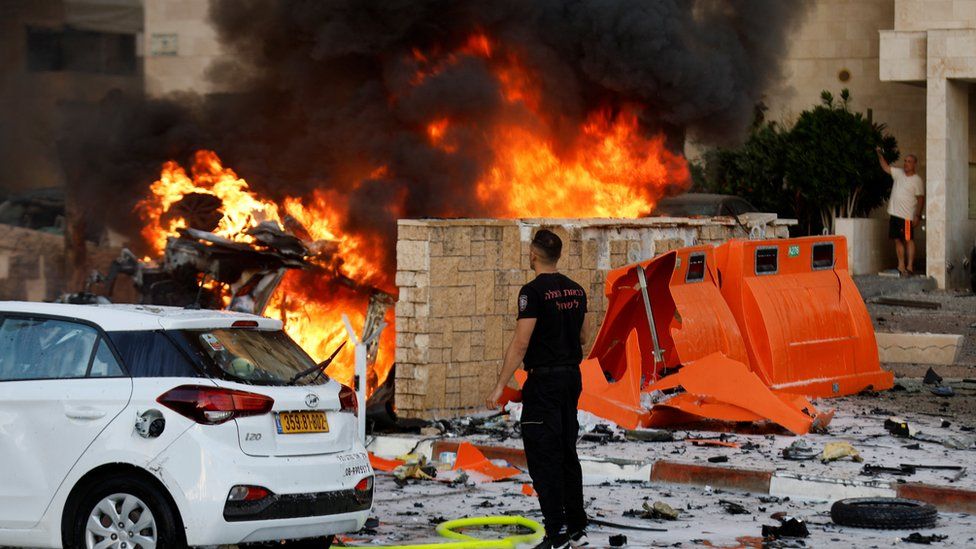Introduction
The Israel-Hamas conflict, characterized by its protracted history of violence and territorial disputes, has once again flared up in recent months, resulting in significant developments in the Gaza Strip. In a significant turn of events, Israel has retaken control of border areas from Hamas, a development that has garnered international attention. As the death toll from the conflict surpasses 3,000, it is crucial to examine the implications of this military action and its potential impact on the broader Middle East region.

Historical Context
The Israeli-Palestinian conflict, rooted in historical and territorial grievances, has been a constant source of tension in the region. Gaza, a densely populated strip of land, has been a focal point of this dispute. The conflict has its roots in the establishment of the State of Israel in 1948, leading to the displacement of Palestinians and subsequent territorial disputes.
Recent Developments
The recent escalation of violence in Gaza, which began [insert date], has seen an exchange of rocket attacks between Hamas, a Palestinian militant group, and Israeli forces. This escalation culminated in Israel’s retaking of border areas from Hamas, marking a significant shift in the dynamics of the conflict.
Implications
- Humanitarian Concerns: The ongoing conflict has resulted in a significant loss of life and widespread suffering among the civilian population in Gaza. With the death toll exceeding 3,000, there is a pressing need for immediate humanitarian assistance to address the growing crisis.
- Regional Instability: The Israel-Hamas conflict has wider implications for regional stability. It can potentially exacerbate tensions across the Middle East, involving neighboring countries and further complicating regional dynamics.
- Peace Process: The resumption of control by Israeli forces in Gaza border areas adds complexity to any potential peace negotiations. It raises questions about the prospects for a lasting peace agreement and the future status of the Gaza Strip.
- International Diplomacy: The international community must intensify its efforts to mediate and de-escalate the conflict. Diplomatic initiatives and international consensus-building are crucial in seeking a sustainable resolution to the crisis.
Conclusion
The recent developments in the Israel-Hamas conflict, with Israel retaking Gaza border areas from Hamas, have intensified an already dire situation. The high death toll underscores the urgent need for humanitarian aid and international intervention. This conflict not only threatens the lives and well-being of those directly involved but also has far-reaching implications for regional stability and the prospects for a lasting peace agreement. A comprehensive and coordinated international effort is required to address the root causes of this longstanding conflict and pave the way for a more stable and peaceful Middle East.